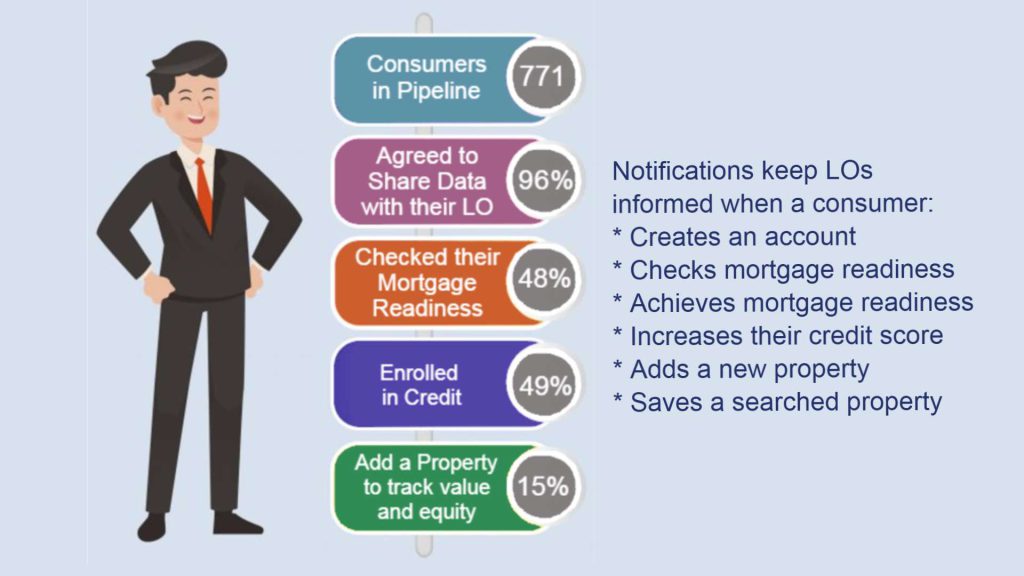The Federal Housing Finance Agency recently made an announced that can help renters aspiring to become homebuyers improve their mortgage eligibility. Effective immediately, on-time rental payments will now factor into Fannie Mae’s underwriting calculations, and missed rental payments won’t keep potential borrowers from getting a mortgage.
Homebuyers and mortgage lenders do not have to take any additional steps to use the feature as the change has already been incorporated into Fannie Mae’s Desktop Underwriter.
Rent is often the largest monthly household expense for individuals and families. Including this common expense in underwriting calculations for Fannie Mae loans is a positive step to expand access to credit to qualify for homeownership, particularly for low-to-moderate income and underserved communities. Taking into account rental history is particularly important for the 20% of the U.S. population – disproportionately Black and Hispanic consumers – that have little established credit history.
This decision is likely to help more low-to-moderate income renters qualify for a mortgage in a time when many are getting squeezed out as mortgage credit availability has sharply decreased since early 2020, according to the MBA. In a study, Fannie Mae found that 17% of denied applications would have been approved had their rental history been considered.
Mortgage lenders who provide their homebuyers with their white-labeled FinLocker have the advantage of collecting rental payment transactions and other financial data easier than their competitors. The Fannie Mae digital underwriting system will be leveraging electronic bank statement data to consider positive rent payment history over the most recent 12 months. Consumers using FinLocker can easily share their bank transaction statements and other financial data and documents directly from their FinLocker app with their lender or originator to start their mortgage application. This shared consumer-permissioned data essentially prefills the mortgage application by creating a Day 1 Certainty Assets report with a PDF of the borrower’s documents, then creates a 1003 in your LOS.
FinLocker recently partnered with eCredable to provide an additional service for renters who need to build their credit by adding their rent and utility account payments to their TransUnion credit report. This service could help the 29% of Black consumers and 18% of white consumers who say insufficient credit score or credit history was their biggest obstacle to getting a mortgage, according to Fannie Mae’s national housing survey.



